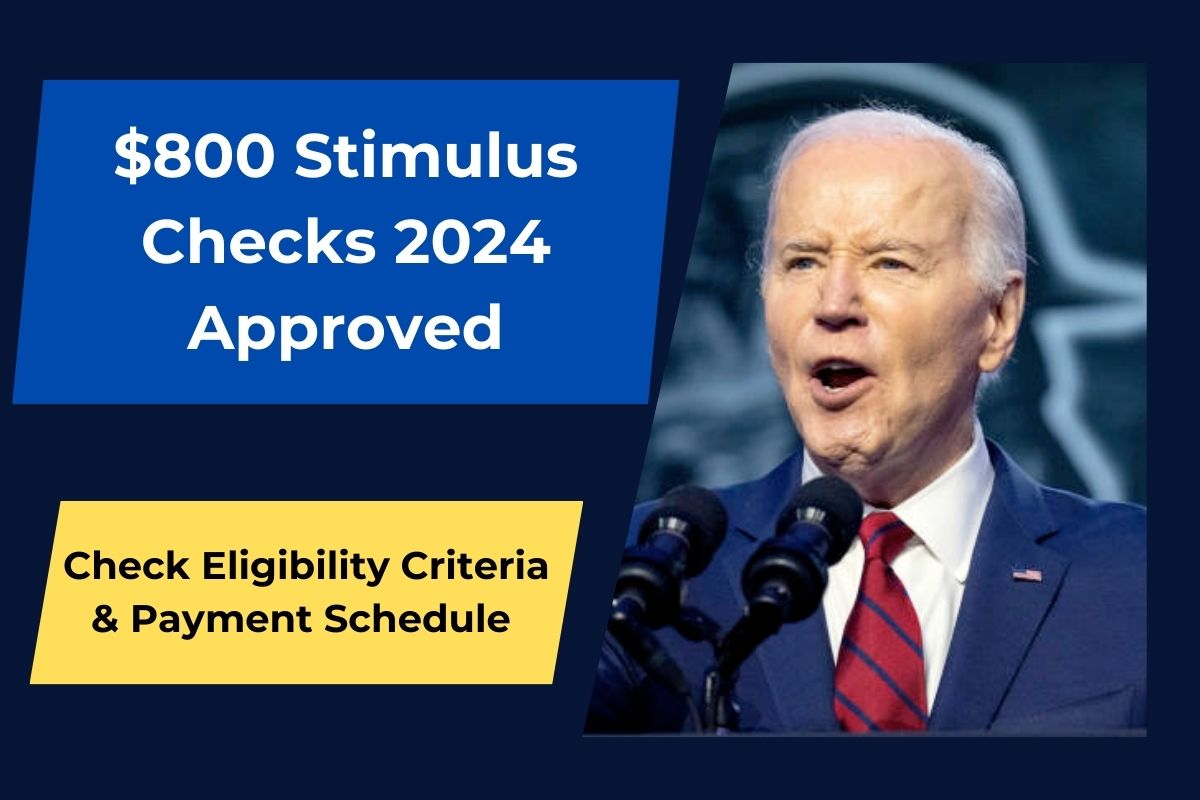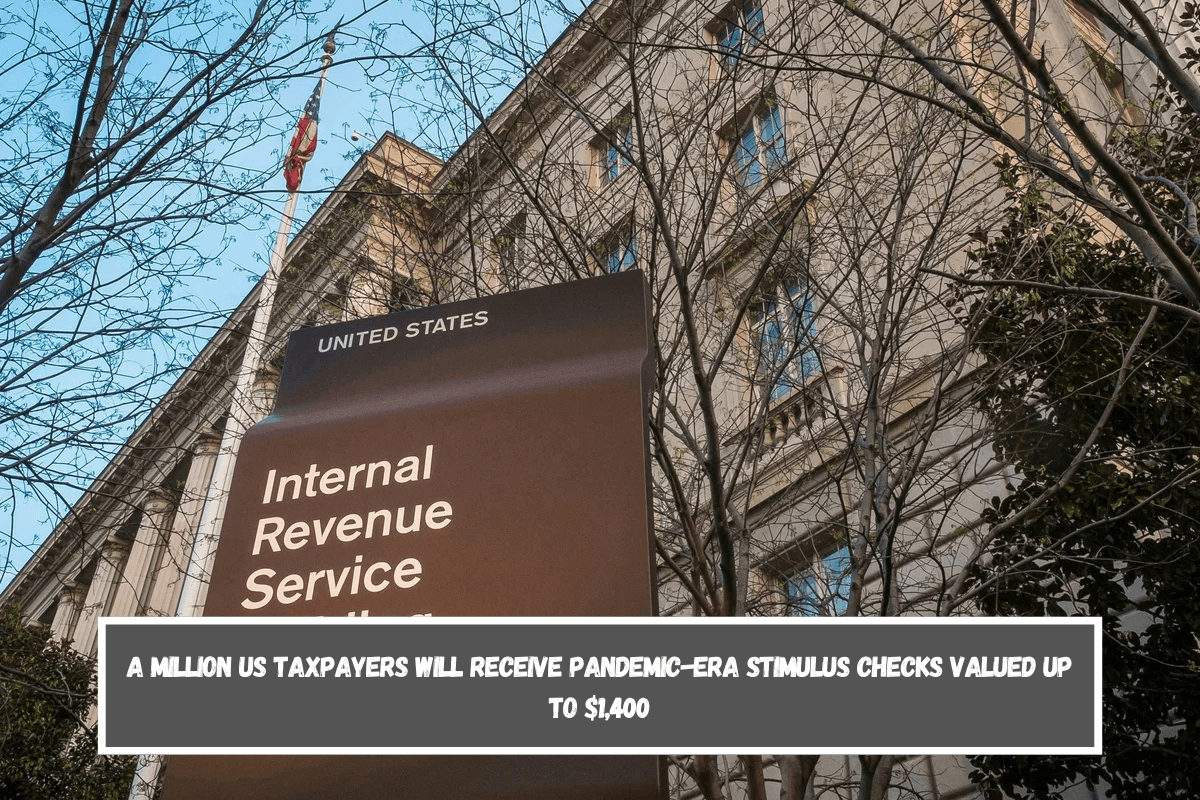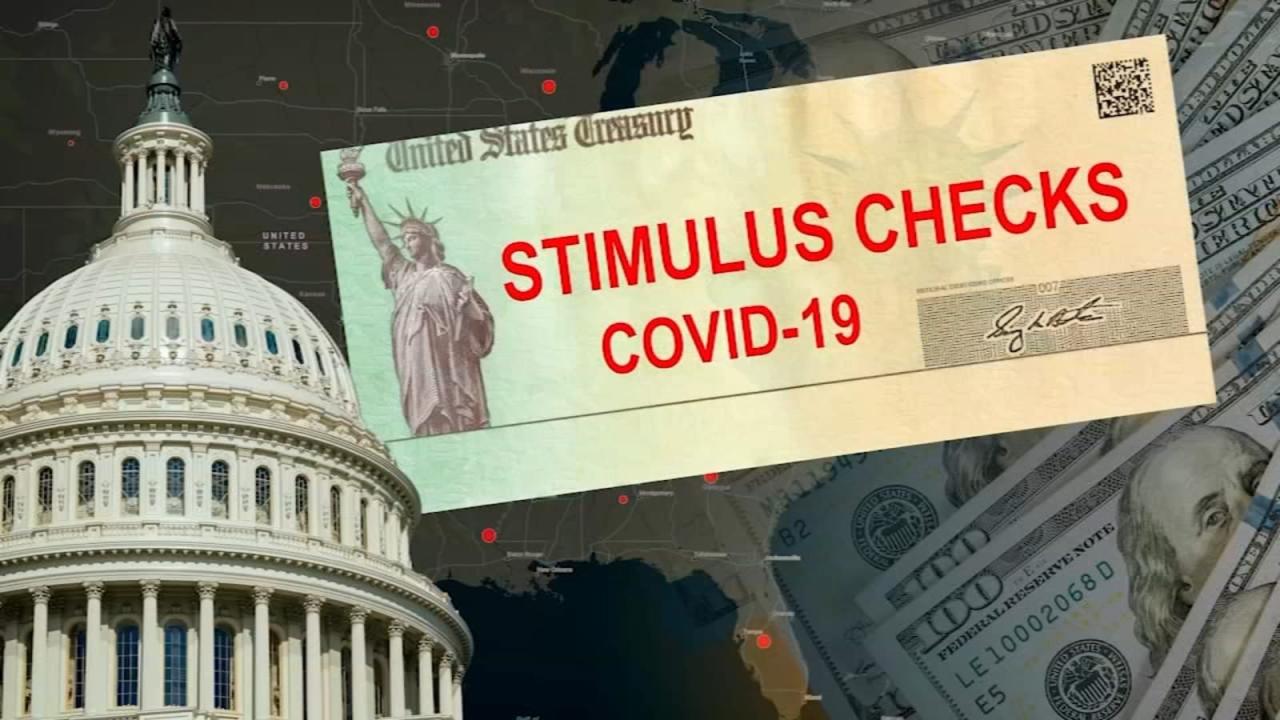Taxpayers stimulus checks have emerged as a potent tool in the economic and political landscape, sparking debates and shaping policies. From boosting consumer spending to mitigating poverty, these checks have left an undeniable mark. Delve into this comprehensive guide to unravel the intricacies of taxpayers stimulus checks, exploring their impact, implications, and design.
As we delve into the intricacies of taxpayers stimulus checks, we will uncover their profound impact on consumer spending, economic growth, and the reduction of poverty and inequality. Statistical evidence and data-driven analysis will illuminate their significance.
Economic Impact of Taxpayers Stimulus Checks
Taxpayers stimulus checks have a significant impact on consumer spending and economic growth. By providing direct payments to individuals, stimulus checks increase disposable income and boost consumer spending. This, in turn, stimulates economic activity and leads to increased production and employment.
For example, a study by the Center on Budget and Policy Priorities found that the 2009 stimulus checks increased consumer spending by $100 billion and created 1.6 million jobs.
Role in Reducing Poverty and Inequality
Stimulus checks also play a role in reducing poverty and inequality. By providing financial assistance to low-income individuals, stimulus checks help to offset the economic impact of job losses, income reductions, and other hardships. For example, a study by the Center on Poverty and Social Policy found that the 2009 stimulus checks reduced poverty by 4 million people, including 1.2 million children.
Political Implications of Taxpayers Stimulus Checks
The issuance of stimulus checks to taxpayers has significant political implications, as it can influence public opinion, voter behavior, and the political fortunes of politicians.
Motivations for Issuing Stimulus Checks
Political motivations often drive the decision to issue stimulus checks. Politicians may use stimulus checks to gain popularity, appeal to specific voter demographics, or boost the economy. For example, in the United States, the Trump administration issued stimulus checks in 2020 and 2021 as part of its COVID-19 relief package, which was widely seen as an attempt to boost the president’s re-election chances.
Impact on Public Opinion and Voter Behavior
Stimulus checks can have a significant impact on public opinion and voter behavior. When people receive a direct payment from the government, they may feel more positive towards the politicians responsible for issuing the checks. This can lead to increased support for the politician or their party in future elections.
Additionally, stimulus checks can help to reduce economic anxiety and uncertainty, which can make voters more likely to vote for candidates who promise to provide economic stability.
Consequences for Politicians
Politicians who support or oppose stimulus checks may face different consequences. Those who support stimulus checks may gain popularity and increase their chances of winning elections. However, they may also face criticism from those who believe that the checks are too expensive or ineffective.
On the other hand, politicians who oppose stimulus checks may appeal to voters who are concerned about government spending or who believe that the checks are unfair to those who do not receive them. Ultimately, the political consequences of supporting or opposing stimulus checks depend on a variety of factors, including the economic climate, the political landscape, and the individual politician’s popularity.
Design and Implementation of Taxpayers Stimulus Checks
The Taxpayers Stimulus Checks were designed and implemented as part of the economic recovery efforts following the COVID-19 pandemic. The checks were intended to provide financial assistance to eligible individuals and families to stimulate economic activity.
Criteria for Eligibility
To be eligible for stimulus checks, individuals had to meet certain criteria. These criteria included:
- Having a valid Social Security number
- Being a U.S. citizen or resident alien
- Meeting income requirements
The income requirements varied depending on the year the stimulus checks were issued. For example, in 2020, individuals with an adjusted gross income (AGI) of $75,000 or less were eligible for the full amount of the stimulus check. Individuals with AGIs above $75,000 received reduced amounts, and those with AGIs above $99,000 were not eligible.
Methods of Distribution
Stimulus checks were distributed to eligible individuals through various methods, including:
- Direct deposit into bank accounts
- Paper checks mailed to the last known address on file with the IRS
- Prepaid debit cards
The IRS used the information on tax returns to determine the eligibility and distribution method for each individual.
Challenges and Successes
The implementation of stimulus check programs faced several challenges, including:
- Delays in issuing checks
- Fraud and identity theft
- Technical issues with the IRS systems
Despite these challenges, the stimulus check programs were generally successful in providing financial assistance to eligible individuals and families. The checks helped to boost consumer spending and stimulate economic growth.
Comparison of Taxpayers Stimulus Checks to Other Economic Policies
Taxpayers stimulus checks, tax cuts, and infrastructure spending are all economic policies that can be used to stimulate economic growth. However, each policy has its own advantages and disadvantages.Taxpayers stimulus checks are a direct payment from the government to individuals and families.
They are designed to increase consumer spending, which can help to boost economic growth. However, stimulus checks can be expensive, and they may not be the most effective way to stimulate economic growth.Tax cuts are a reduction in taxes. They can increase disposable income, which can lead to increased consumer spending and economic growth.
However, tax cuts can also reduce government revenue, which can lead to budget deficits.Infrastructure spending is the government’s investment in public infrastructure, such as roads, bridges, and schools. Infrastructure spending can create jobs and boost economic growth. However, it can also be expensive, and it can take a long time to complete infrastructure projects.
Effectiveness
The effectiveness of taxpayers stimulus checks, tax cuts, and infrastructure spending depends on a number of factors, including the size of the policy, the economic conditions at the time of the policy, and the design of the policy.A study by the Congressional Budget Office found that a $100 billion stimulus check would increase GDP by 0.5% to 1% in the short term.
However, the study also found that the effects of the stimulus check would fade over time.A study by the Tax Foundation found that a 10% tax cut would increase GDP by 0.7% to 1.2% in the long term. However, the study also found that the tax cut would reduce government revenue by $1.5 trillion over 10 years.A study by the Brookings Institution found that a $100 billion infrastructure spending program would increase GDP by 0.5% to 1% in the short term.
However, the study also found that the effects of the infrastructure spending program would fade over time.
Advantages and Disadvantages
The advantages and disadvantages of taxpayers stimulus checks, tax cuts, and infrastructure spending are summarized in the table below.| Policy | Advantages | Disadvantages ||—|—|—|| Taxpayers stimulus checks | Direct payment to individuals and families | Can be expensive | Effects may fade over time || Tax cuts | Increase disposable income | Can reduce government revenue | Effects may fade over time || Infrastructure spending | Creates jobs | Can be expensive | Can take a long time to complete projects |
Conclusion
The effectiveness of taxpayers stimulus checks, tax cuts, and infrastructure spending depends on a number of factors. Each policy has its own advantages and disadvantages. The best policy for a particular situation will depend on the specific circumstances.
Historical Context of Taxpayers Stimulus Checks
Taxpayers stimulus checks, also known as economic impact payments, have a long history in the United States. The first stimulus check was issued in 1975 as part of the Tax Reduction Act, which was intended to stimulate the economy during a period of high inflation and unemployment.
Since then, stimulus checks have been issued on several other occasions, including during the 2001 recession and the 2008 financial crisis.
The purpose of stimulus checks has varied depending on the economic conditions at the time they were issued. In some cases, stimulus checks have been used to provide direct relief to low- and middle-income taxpayers. In other cases, they have been used to stimulate consumer spending and boost economic growth.
The amount of stimulus checks has also varied, depending on the size of the economy and the severity of the economic downturn.
Lessons Learned from Previous Stimulus Check Programs, Taxpayers stimulus checks
The effectiveness of stimulus checks as a tool for economic stimulus has been debated by economists. Some studies have shown that stimulus checks can have a positive impact on consumer spending and economic growth, while other studies have found that their impact is more limited.
However, there are a number of lessons that can be learned from previous stimulus check programs.
- Stimulus checks can be an effective way to provide direct relief to low- and middle-income taxpayers.
- Stimulus checks can help to stimulate consumer spending and boost economic growth, but their impact may be limited.
- The amount of stimulus checks should be tailored to the size of the economy and the severity of the economic downturn.
- Stimulus checks should be targeted to those who are most likely to spend the money, such as low- and middle-income taxpayers.
Final Summary: Taxpayers Stimulus Checks
In conclusion, taxpayers stimulus checks have proven to be a multifaceted instrument with far-reaching economic and political implications. Their design and implementation have evolved over time, reflecting changing economic conditions and political priorities. Understanding the historical context, comparing them to other economic policies, and examining the lessons learned from previous programs provides valuable insights into their potential and limitations.
User Queries
What are the eligibility criteria for receiving taxpayers stimulus checks?
Eligibility criteria vary depending on the specific program and legislation. Generally, factors such as income level, tax filing status, and residency may be considered.
How are taxpayers stimulus checks distributed?
Distribution methods can include direct deposits into bank accounts, paper checks mailed to the recipient’s address, or prepaid debit cards.
What are the potential challenges in implementing taxpayers stimulus check programs?
Challenges may include ensuring accurate and timely distribution, preventing fraud and errors, and addressing concerns about equity and fairness.




